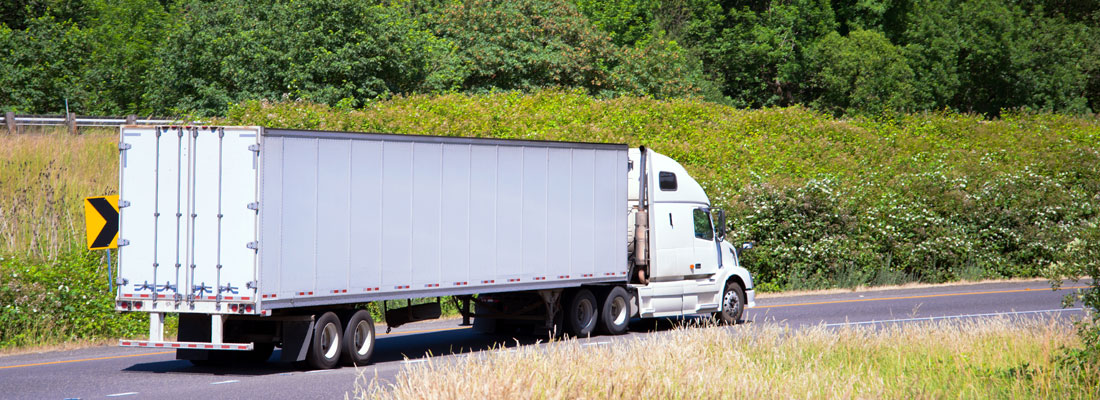Save fuel
Do your drivers think ahead when they’re at the wheel? If not, here is why they should change their habits now. On the road, drivers who follow the vehicle ahead too closely will constantly be applying the brakes and, inevitably, re-accelerating. These repeated accelerations increase fuel consumption. By anticipating the reactions of vehicles ahead and being more keenly aware of their environment, drivers can more easily manage their use of the accelerator, and in turn, consume fuel more efficiently.
What do your drivers do 1 km away from a highway offramp? Do they hold the accelerator at full throttle until the very last minute and then apply the brakes? As you surely suspect, this practice does nothing to help you save on fuel – quite the opposite. To foster ecodriving, your drivers should prepare as they approach exits by staying in high gear, shutting off the engine brake, releasing the accelerator, and making the most of the truck’s momentum. This practice can help you save as much as ½ liter of fuel. A driver who uses this tactic 20 times a day has just saved you 10 liters of fuel! And if all your drivers use it, you’ll come out even further ahead.
Lower maintenance costs
Not only does anticipation help you save fuel, but it also helps you lower vehicle maintenance costs. By avoiding hard braking and using brakes less frequently, you extend their service life. Tires will also wear out more slowly. In fact, the vehicle’s overall mechanics will be better served, since 1% in fuel savings translates to 1% in maintenance cost savings.
Improve fleet safety
Drivers who anticipate highway offramps contribute to improving your fleet’s safety. By covering distance without using the accelerator, drivers ensure appropriate speeds are used when handling turns. Truck overturns often occur in curves that drivers fail to properly anticipate. Drivers travelling at high speeds and making sharp turns run the risk of causing an accident.
In traffic, trucks that fail to leave sufficient distance between them and the vehicle ahead run a greater risk of being involved in a collision than trucks that keep their distance. By being aware of their environment, drivers can adapt their driving to conditions, and drive prudently rather than reactively. If they spot an obstacle ahead, they can act accordingly and change lanes. Not only is it safer, but it also helps keep the truck in motion, reducing stops and gear shifts that can negatively impact fuel consumption.
Assess your drivers
You know that inertia and anticipation can help you save while improving driver safety. Now, the question is, how do you know whether your drivers use this method? Combining telemetry and telematics helps measure anticipation and transmit the information to your fleet managers. With tools such as the ISAAC Coach™, you can not only coach your drivers in real time, but you can also get an ISAAC Score™ with specific data regarding inertia leveraging. That gives you critical data on your drivers’ driving practices. You can follow up as necessary with drivers who haven’t fully integrated the coasting technique and train them to meet your standards.

